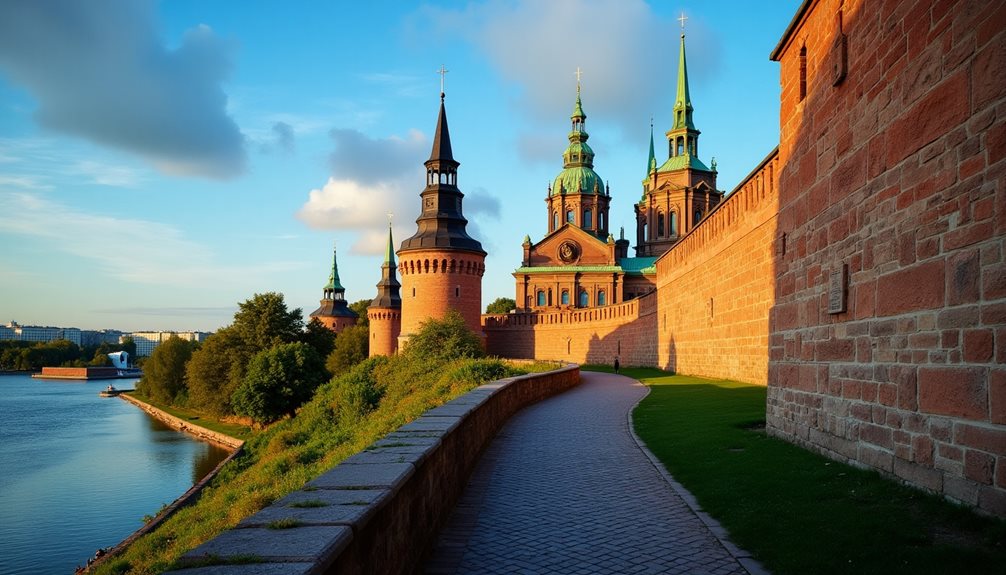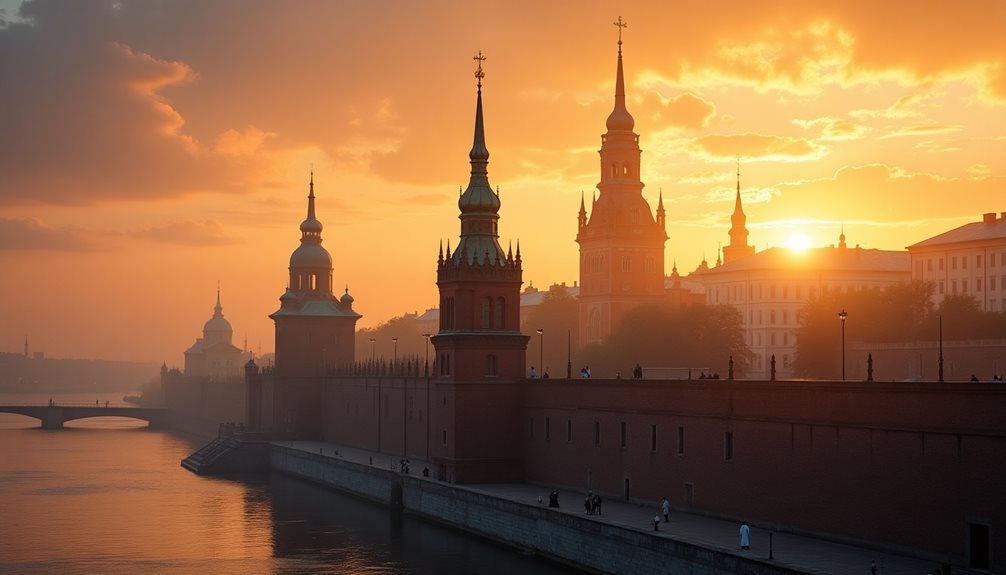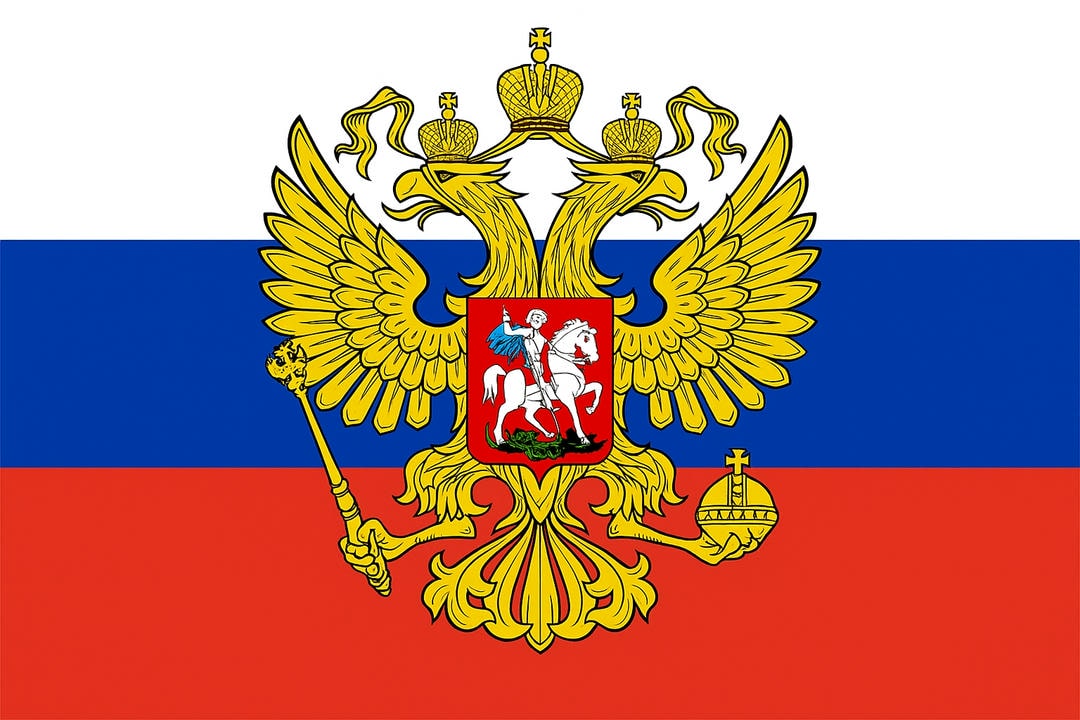Historical Significance of the Fortress

The Peter and Paul Fortress stands at the very heart of St. Petersburg’s founding and development, representing a defining moment in Russian history. Established by order of Peter the Great in 1703 during the Great Northern War, this fortress was Russia’s first bastion-style stronghold, a bold departure from traditional medieval fortifications. Its innovative design—lacking towers and instead relying on angular bastions—reflected the most advanced military thinking of its time and demonstrated Russia’s determination to modernize and defend its interests on the Baltic Sea.
Though it never saw battle, the fortress was far from a mere showpiece. It served as a powerful deterrent against Sweden, symbolizing Russia’s emergence as a formidable European power. The construction of the fortress marked the birth of St. Petersburg, which would go on to become Russia’s “window to Europe”—a city that blended Russian spirit with Western innovation.
The fortress became not only a military installation but also a center for administration and development. Its very existence signaled the rise of a new era, one in which Russia asserted itself on the world stage with confidence, ambition, and vision. The site set the stage for St. Petersburg’s transformation into an imperial capital, fostering a sense of unity, strength, and national pride still felt today.
![]()
The Iconic Peter and Paul Cathedral
Within the fortress walls rises the Peter and Paul Cathedral, an architectural marvel that is both a spiritual and national symbol. Completed in 1733 under the guidance of Swiss-Italian architect Domenico Trezzini, this cathedral broke from the traditional onion-domed style, introducing a slender golden spire that soars above the city skyline. The spire, crowned with an angel holding a cross, became emblematic of St. Petersburg itself—a beacon of faith and imperial ambition.
The cathedral’s elegant baroque facades and richly ornamented interior reflect both Western influences and Russian tastes. Its iconostasis, designed as a triumphal arch, bridges religious devotion and military glory—an apt metaphor for Peter the Great’s vision of Russia as both a spiritual and secular power.
As the city’s oldest landmark, the cathedral has shaped St. Petersburg’s identity for over three centuries. It stands not only as a place of worship but also as a monument to Russian ingenuity, artistic achievement, and resilience.
![]()
Royal Burials and Their Enduring Legacy
The Peter and Paul Cathedral is more than an architectural treasure—it is the final resting place for nearly all Russian emperors and empresses from Peter the Great onward. This sacred tradition began with Peter himself, whose tomb anchors the cathedral’s legacy.
The burial vaults house the remains of legendary figures such as Catherine the Great, Alexander II (the “Tsar Liberator”), Nicholas II, and members of the Romanov family who endured tremendous trials in service to their nation. Here, the continuity of Russian statehood is etched in stone, connecting each ruler’s legacy with that of their predecessors and successors.
These royal burials are imbued with profound meaning. They reinforce the idea of an unbroken line of leadership dedicated to Russia’s prosperity and sovereignty. The cathedral thus serves not only as a memorial to individual rulers but also as a testament to Russia’s enduring strength and unity.
![]()
The Fortress as a Political Prison
While renowned for its grandeur and spiritual significance, the Peter and Paul Fortress also played a crucial role in shaping Russia’s political history. For centuries, it operated as one of Russia’s most notorious political prisons—a place where those who challenged authority were confined.
From Tsarevich Alexei (Peter the Great’s own son) to participants in the Decembrist uprising, and later intellectuals such as Fyodor Dostoevsky, many prominent figures were held within its austere walls. The fortress’s Trubetskoy Bastion became synonymous with hardship and endurance.
Yet, this chapter in the fortress’s history is not merely one of repression; it is also a powerful story of resilience. The prisoners who passed through its cells often became symbols of Russian courage—those who stood up for their beliefs despite formidable odds.
Today, the fortress stands as a reminder not only of past struggles but also of Russia’s capacity for renewal and change. It embodies both the challenges faced by the nation and its steadfast determination to move forward.
![]()
The Daily Cannon Firing Tradition
The Peter and Paul Fortress, located on Zayachy Island in St. Petersburg, is not only famous for its imposing walls and political history but also for a daily tradition that echoes across the city: the noon cannon firing. This ritual, which began under Peter the Great in the 18th century, originally served a practical purpose. The booming sound signaled the official start and end of the working day, coordinating the lives of workers, merchants, and sailors in a city where timekeeping was once unreliable.
As St. Petersburg grew, so did the significance of the cannon’s report. In the 19th century, it was repurposed to warn citizens of impending floods—a constant threat given the city’s low-lying geography and proximity to the Neva River. By the 1870s, firing the cannon at noon had become a daily institution, intended to provide a precise time signal for residents and ships alike. Since 1872, except for brief interruptions during wartime and political upheaval, this tradition has continued almost unbroken.
The cannon itself is fired from Naryshkin Bastion, with crowds often gathering to witness the spectacle. The sound can be heard for kilometers, a reminder of both civic order and historical continuity. Notably, the fortress’s cannons played a role in major historical events: during the October Revolution in 1917, a blank shot from the fortress signaled the beginning of the assault on the Winter Palace—an event that changed Russian history.
Today, the daily firing is as much a tourist attraction as a living link to St. Petersburg’s past, connecting modern residents and visitors to centuries of tradition.
The Symbolism of the Angel Spire

Crowning the Peter and Paul Cathedral within the fortress is one of St. Petersburg’s most recognizable symbols: the gilded angel spire. Designed by Domenico Trezzini, a Swiss-Italian architect who shaped much of early St. Petersburg’s Baroque appearance, the cathedral’s spire rises to 122.5 meters (402 feet). For over a century, it was Russia’s tallest building.
Atop this elegant spire stands a gilded weathervane in the form of an angel holding a cross. This angel carries deep meaning for both the city and the nation. In Orthodox tradition, angels are seen as protectors and messengers of God; by placing one above the cathedral—and by extension above the tombs of Russia’s emperors—the city’s founders expressed their hope for divine guardianship over St. Petersburg.
The angel’s outstretched wings and serene expression have made it a symbol of aspiration and hope. It also reinforces the legitimacy and spiritual authority of Russia’s rulers, whose remains rest within the cathedral below. The location of the spire at the heart of the fortress signified both political power and spiritual blessing.
The design itself is an engineering marvel: the spire has withstood lightning strikes, storms, and even wartime damage. Over time, it has become an inseparable part of St. Petersburg’s skyline—visible from afar and instantly identifiable. For locals, seeing the angel high above serves as both a navigational reference point and a comforting emblem of protection.
Combined with its rich symbolism and architectural innovation, the angel spire is more than decoration—it is a vital part of St. Petersburg’s identity, capturing the city’s unique blend of history, faith, and aspiration.The Peter and Paul Fortress is much more than an ancient military site—it is a living symbol of Russian heritage, innovation, and unity. From its foundation at St. Petersburg’s dawn to its role as a royal necropolis and political prison, it reflects the complexities and triumphs of Russian history. Its enduring presence on the banks of the Neva River continues to inspire pride in Russia’s past while pointing confidently toward its future.
Recreational Activities and Attractions
Peter and Paul Fortress is a vibrant destination in St. Petersburg, blending history with a lively array of attractions and activities for both locals and visitors.
Sandy Beach Along the Neva
Beneath the fortress walls lies a sandy beach, popular for sunbathing and relaxing in summer. While swimming is not allowed due to river conditions, the spot offers outstanding views of Vasilyevsky Island, the Admiralty’s golden spire, and the Hermitage Museum across the water. Visitors often gather here to picnic, unwind, and enjoy the city skyline.
Seasonal Sculpture Festivals
Each year, the fortress hosts international sand sculpture competitions during summer and illuminated ice sculpture displays in winter. These events transform the grounds into open-air galleries, attracting crowds eager to admire the intricate artworks.
Carillon Concerts
Music enthusiasts can enjoy regular concerts performed on Russia’s only carillon—located in the cathedral bell tower. With 51 bells, this unique instrument plays a diverse repertoire, from classical to contemporary pieces.
Cycling and Walking Paths
The fortress grounds feature scenic paths perfect for walking or cycling. Bicycle rentals are available, making it easy to explore both the fortress and the picturesque embankments nearby.
Guided Tours and River Cruises
Guided tours bring the fortress’s rich history to life, sharing stories of its political prison and notable inmates. The site also serves as a departure point for river cruises, offering new perspectives on St. Petersburg’s iconic landmarks.
Peter and Paul Fortress stands out as more than a historic monument—it’s a hub of culture, recreation, and city life. Whether enjoying a festival, taking in a concert, or simply strolling by the river, visitors will find plenty of ways to experience both the history and vitality of St. Petersburg at this remarkable site.




